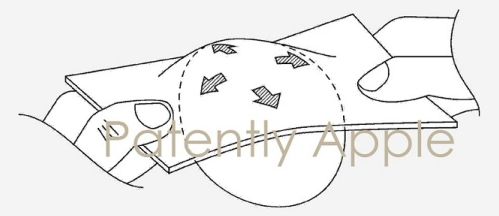Feb 9, 2017
Forget The EpiPen—It’s Time For An Epi-Pill
Posted by Shane Hinshaw in categories: biotech/medical, health
Expensive EpiPen auto-injectors dominate the market for emergency allergy treatment, but a cheaper alternative is now being developed: an epinephrine tablet that dissolves under the tongue.
Last month a congressional committee tore into Mylan CEO Heather Bresch. The charge: jacking up the price of EpiPens, her company’s signature product. Those price hikes left some allergy sufferers without access to emergency epinephrine, the drug that saves people who go into anaphylactic shock.
Mylan has control of the marketplace because other companies have a hard time competing with the EpiPen’s patented design. Those who have tried have mostly offered up alternative types of auto-injectors, which generally flop.
Continue reading “Forget The EpiPen—It’s Time For An Epi-Pill” »


















